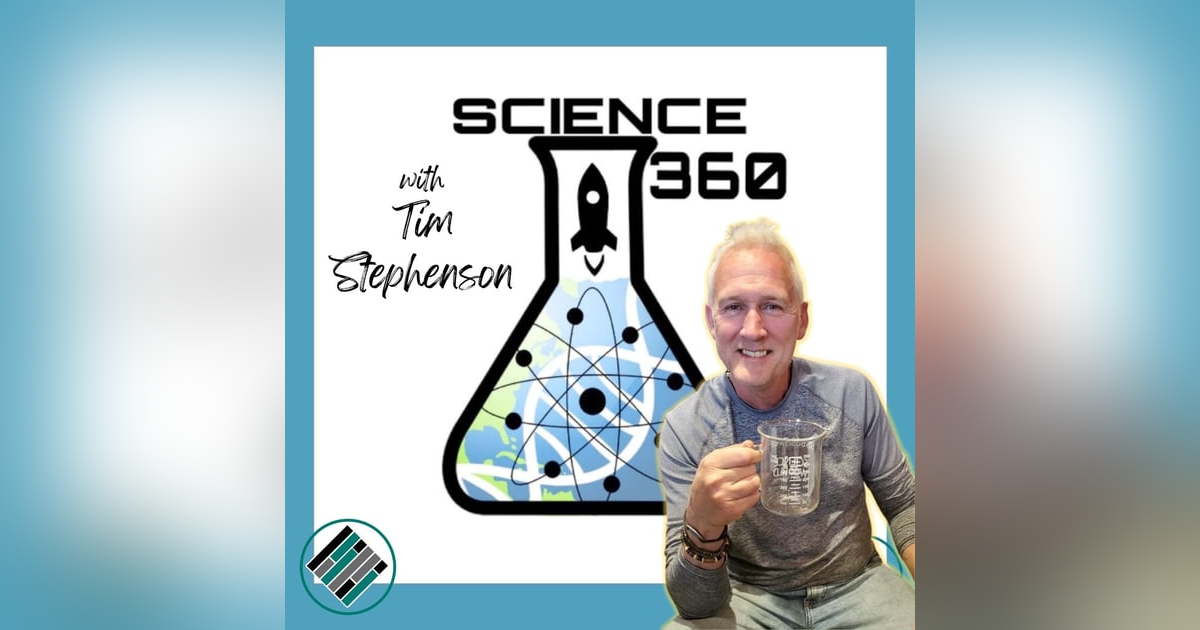June 26, 2023
Ep. 78 - Stargazing Using Binoculars with Bill Burnyeat

This is the thrid time I've had Bill on the podcast and this episode is very practical becasue it will get you outside at night time to find some cool things in the sky. Here is a list of some of the items we talk about:
- Magnification: amount of...
This is the thrid time I've had Bill on the podcast and this episode is very practical becasue it will get you outside at night time to find some cool things in the sky. Here is a list of some of the items we talk about:
- Magnification: amount of times you are brought closer to the object
- Objective glass: (the big one at the end) measured in millimetres
- Asterism: A piece of a constellation such as Regulus (a white star) in the constellation Leo.
- Two stars “up” from that is gamma Leo, a golden double star.
- The Big Dipper is high above us and the handle arcs to Arcturus, another golden star.
- The globular star cluster M3, slightly west and then north of Arcturus.
- Alcor and Mizar, a double star in the middle of the handle of the Big Dipper.
- The pointer stars (Dubhe and Merak) in the Big Dipper show up where one is bluish and the other more yellow.
- The Moon: craters, shadows, the “seas”, 600 features visible on the Moon that are named and visible with binoculars.
- Jupiter and the four Galilean moons, identifying them by their position which can be looked up easily on line.
- Andromeda the nearest galaxy. This is being pointed at by the constellation Cassiopeia.
- Mars is kind of red.
- Saturn is kind of yellow. And you won’t see the rings through a pair of binoculars.
- Venus is tricky because it’s so bright that it becomes difficult to notice it’s phases.







